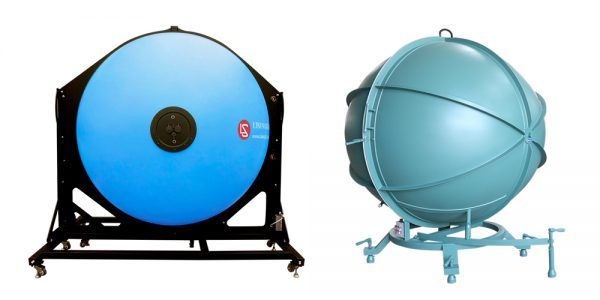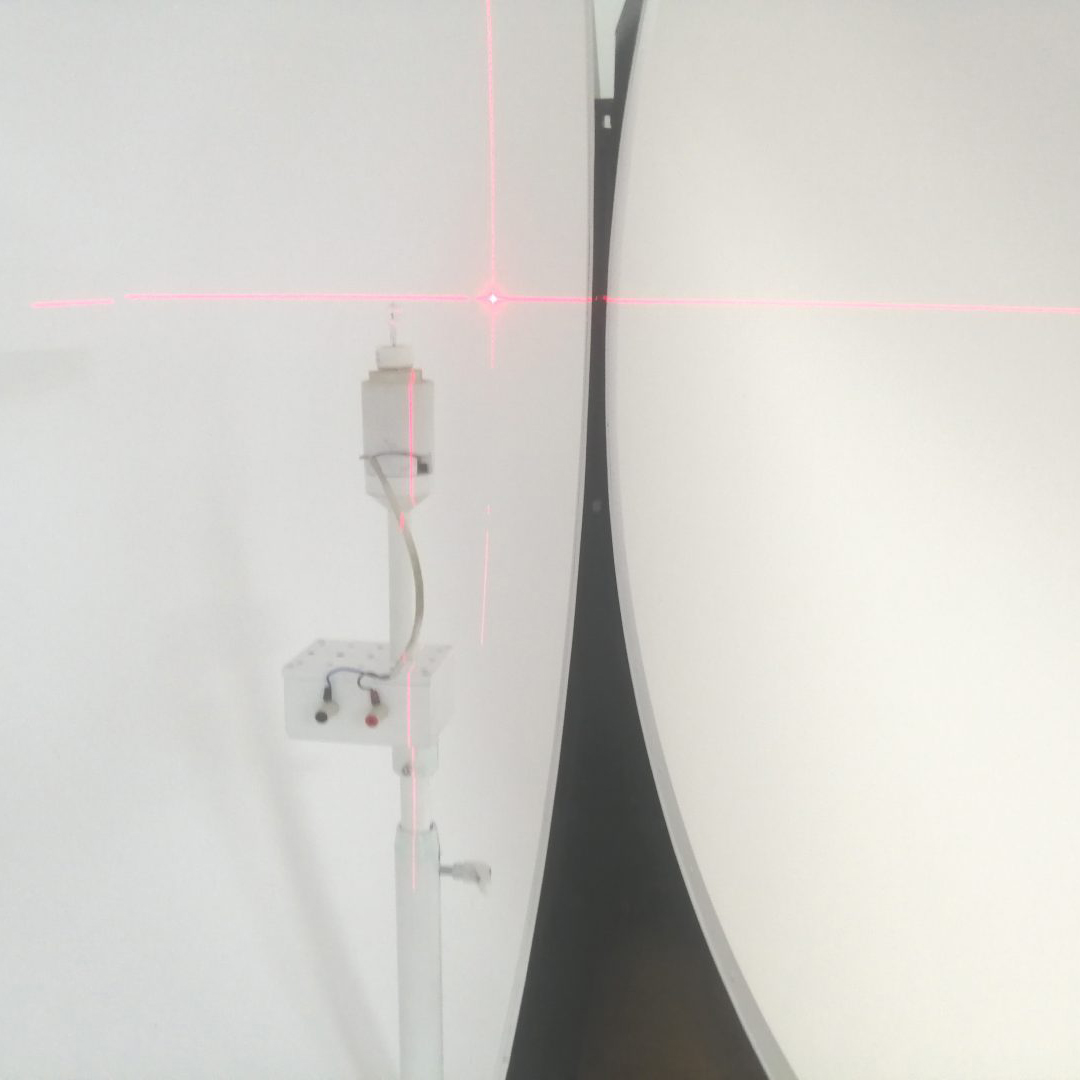Product No: IS-*M
Integrating sphere is widely applied in testing lumen, chromaticity coordinates, CCT, dominant wavelength and peak wavelength etc for light source or luminaries. The IS-*M is the tradiontal Integrating sphere, LISUN already stop producing it but instead with A-molding technology integrating spheres IS-*MA

A Molding Lumen Sphere VS The Traditional Optical Sphere
Specification:
• Painting material of coating is according to CIE Pub.No.84 (1989)
• The sphere walls painting material is BaSO4 coating (PTFE material is option): ρ (λ) ≥0.96 (spectral range: 450nm~800nm) and ρ (λ) ≥0.92 (spectral range: 380nm~450nm)
• Fine diffuse with multiple reflections: Reflectance ρ≈0.8 and accuracy of ρ (λ) <1.5%
• Build-in all functional lamp testing jigs: E27, T5/T8/T12 tubes and the testing holder base for LED and other luminaires. All samples under test can be installed both up and down directions in the sphere.
• Power cable, power terminal and auxiliary lamp position are built-in (Auxiliary lamp is optional)
• Power cable and socket has been build-in. It is convenient to power on the lamp under test
• Two photo detector ports, one optical fiber port and temperature sensor hole are built-in
• The traditional integrated spheres is made up of several pieces. LISUN developed A-Molding Technology to produce the integrating sphere which is more round and the test result is with more accuracy
• Build-in cross laser can help to install the standard lamp and the lamp under test in the center of the optical sphere (This item is not included for integrating spheres with a diameter less than or equal to 1 meter)

Cross Laser for Optical Spheres
Application:
The optical sphere works with a Spectroradiometer to do the photometry, colorimetry and radiometry parameters measurement.
• IS-0.3M/IS-0.5M is for LEDs, LED modules, mini LED bulbs & other small lamps. The flux testing range is 0.001 to 1,999 lm
• IS-1.0MA is for CFL or LED bulbs. The flux testing range is 0.1 to 199,990 lm
• IS-1.5MA/IS-1.75MA is for CFL, LED bulb and tube, fluorescent lamp, CCFL. The flux testing range is 0.1 to 1,999,900 lm
• IS-2.0MA is for HID lamps or high power lamps. The flux testing range is 0.1 to 1,999,900lm
Always keep the internal coating of the integrating sphere clean to extend the service life of the integrating sphere. When not in use, please close the integrating sphere to prevent dust from entering. Use a hair dryer or air compressor to clean the dust inside the integrating sphere at least once a week. When cleaning, avoid using any material to directly touch the integrating sphere.
The Ulbricht Sphere work with a spectroradiometer to measure single LEDs and LED lighting products. LED’s quality should be tested by checking its photometric, colorimetric and electrical parameters. Please click here to review more details for LPCE-2 High Precision CCD Spectroradiometer Ulbricht Sphere System.
• Colorimetric: Chromaticity coordinates, CCT, Color Ratio, Peak Wavelength, Half Bandwidth, Dominant Wavelength, Color Purity, CRI, CQS, TM-30 (Rf, Rg), Spectrum Test
• Photometric: Luminous Flux, Luminous Efficiency, Radiant Power, EEI, Energy Efficiency Class, Pupil Flux, Pupil Flux Efficiency, Pupil Factor, Cirtopic Flux, Plant Growth Lamp PAR and PPF
• Electrical: Voltage, Current, Power, Power Factor, Displacement Factor, Harmonic(Optional)
If the integrating sphere spectroradiometer system is used frequently, it is necessary to use a standard lamp that is still valid and calibrate the system every week. If the system is not used for a long time, it can be calibrated before the next use. Please watch the operation video for all detailed operation:

LISUN Integrating Sphere – After-sales Frequently Asked Questions (FAQ).
LISUN integrating spheres were in the market for more than 10 years, LISUN engineers service team already summary the most of the After Sales Questions and Answers in the above link. Please read it carefuly, you can solve the most of the problems by yourself if you have some questions while using the instruments. LISUN will be continue to update this pages and more FAQ can be found in this topic link.
